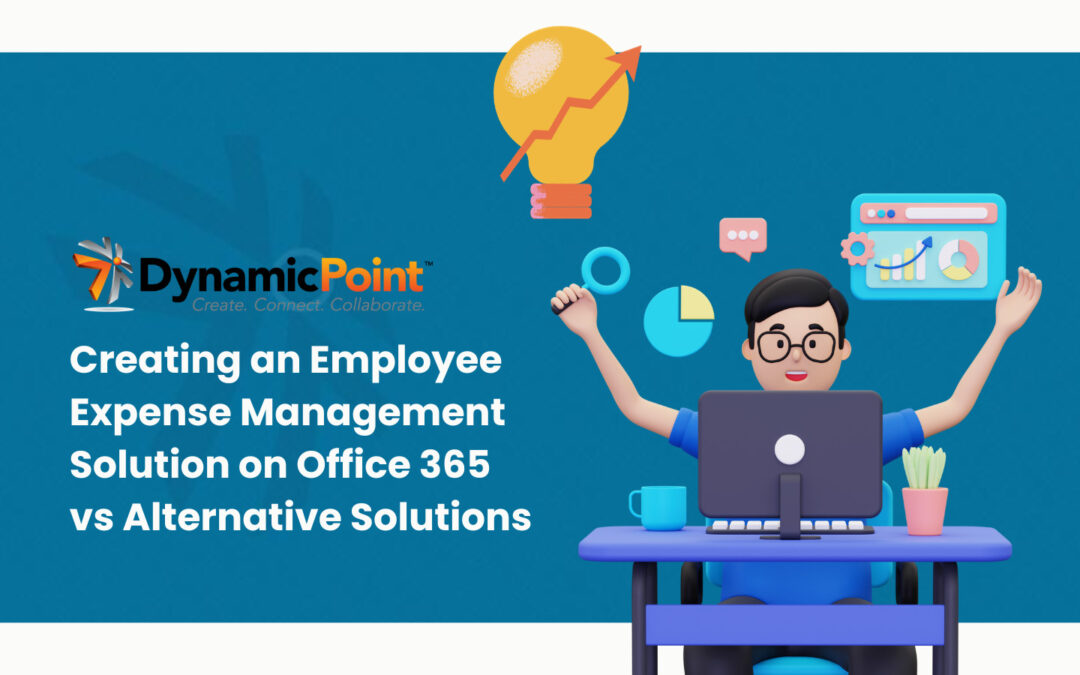Creating an employee expense management solution on Office 365 can be achieved by leveraging the various tools and services available within the platform. This is an alternative to either purchasing a proprietary expense management solution or building your own in-house. Read the following to learn more about the options available to you and what each entails.
Office 365 for Expense Management
Microsoft SharePoint
SharePoint serves as a rock-solid foundation for the management of your employee expense reimbursement process. It serves as the document storage for receipts, as well as the home of workflows and approval processes. It allows employees to submit their expenses, managers to review and approve them, and finance teams to track and process reimbursements. SharePoint can integrate with other Office 365 services for enhanced functionality.
Microsoft Power Automate
Power Automate can automate expense management processes by creating workflows that trigger actions based on predefined rules and configuration. For example, it can send notifications to managers for approval, generate email alerts for missing receipts, or integrate with accounting systems to obtain budgets or other financial information.
Microsoft Excel
Excel can be used to create expense report templates and perform basic calculations. Employees can input their expenses, and managers can review and approve them. However, Excel alone may not provide advanced features such as automated expense tracking, receipt scanning, and integration with accounting systems.
Alternative Solutions
Dedicated Expense Management Software
Numerous third-party expense management solutions are available in the market. These tools offer comprehensive features such as receipt scanning and OCR, expense categorization, policy enforcement, and mobile apps for employees to capture expenses on the go. They often provide detailed reporting and analytics capabilities as well. Each of these software developers must create and provide the applicable functionality of the Office 365 suite without the benefit of the framework. While this approach offers a lot of flexibility, it also requires a lot more effort. You are also missing out on the innovation Microsoft is able to put into their software, so the features may be lackluster or use old technologies.
Custom Development
If you have the development resources and software expertise, you can create a custom expense management solution tailored to your organization’s specific needs. This approach allows for complete flexibility and integration with other systems but requires significant development effort and ongoing maintenance. Pulling this off is often difficult for companies as building an expense management solution is not their core competency, so resources are pulled in many directions while trying to complete the project.
When deciding between Office 365 and alternative solutions, consider factors such as the complexity of your expense management process, the level of automation required, integration needs with other systems, and budgetary considerations. Office 365 can be a starting point for basic expense management, but dedicated expense management software or custom solutions often provide more specialized features. DynamicPoint considers Office 365 to be a superior platform for employee expense management given its rich feature set and that our customers typically have already made the investment. Learn more about why and how DynamicPoint leverages Office 365 for Employee Expense Automation with its EasyEXP365 app here.


